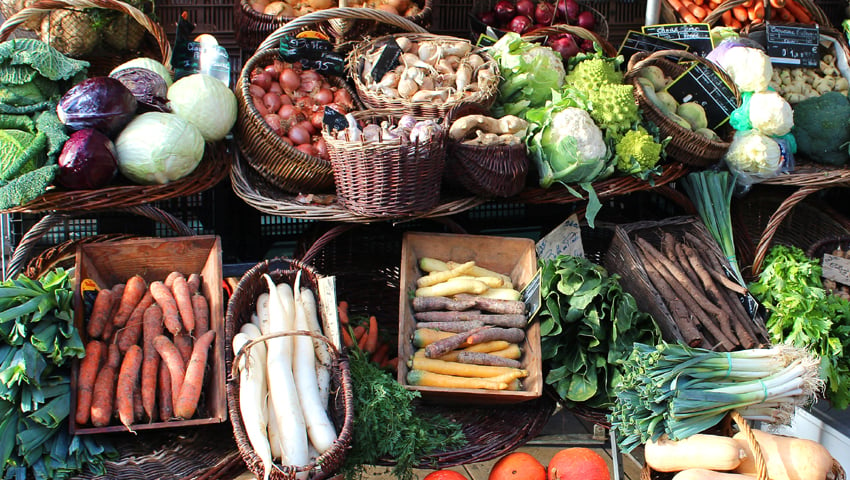OXFAM’S report, Fixing Our Food, debunks 10 myths about the global food system and what drives hunger. It aims to address common myths arising from political assumptions and the incomplete use of statistics.
One of the most important myths, frequently repeated and referred to by policy-makers around the world is that there is not enough food to feed the world – either now or in the future.
This myth arises today because of interruptions in grain supply from the war in Ukraine – and arises in the future due to an oft-repeated FAO statistic that 60% more food is needed to feed 9.8bn people in 2050.
Enough today
Oxfam says that there is more than enough food to feed the world today – the problem is one of inequality, distribution and lack of access to affordable nutrition.
They say that increasing global food production is not the solution to ending hunger. Farmers already produce enough to
feed the whole planet. “Between the expected levels of output and stocks on hand, there are more than enough cereals available to meet global demand. The war in Ukraine has created fears of food shortages, and in some countries in the Middle East and Africa there is a risk of undersupply, as they depend heavily on wheat imports from Ukraine and Russia. However, the level of world cereal supply is actually reassuring.”
However, “Despite adequate harvests and healthy levels of food stocks in recent years, hunger has increased since 2017. In essence, what we are witnessing today is an inequality crisis. As food availability remains adequate on an aggregate basis, achieving sustainable food security and zero hunger is primarily a matter of ensuring that everyone has access to affordable food, and for the majority of humanity that means having adequate income to purchase food, and ensuring food is sold at reasonable prices.
Oxfam says that “Action by governments to both make food prices affordable and to supplement the incomes of people by implementing universal social protection schemes are key to ensuring millions do not continue to go hungry in a world of plenty.
Enough in 2050
The FAO’s 60% figure is not a fact, but a political statement. We already produce enough food for 10bn people, but vast amounts of food is wasted, distribution is unfair and land use drivers are distorted by debt servicing and corporate buying power.
In 2021, the Food, Farming and Countryside Commission published research by IDDRI, and environmental NGO based in France.
IDDRI had previously used modelling to show that Europe as a whole could transition to an agroecological food system and feed itself comfortably in 2050. The FFCC commissioned IDDRI to run its model for the UK.
The IDDRI modelling showed that, with the right enabling conditions, the UK can use agroecology to grow enough healthy food for a future 2050 UK population. Their model showed that this was achievable without compromising food security or offshoring food production or associated environmental impacts.
The research showed that the UK could achieve this while eliminating economically and environmentally costly synthetic inputs, and restoring a more mixed farming system with greater crop diversity and more biodiverse and permanent grasslands, grazed by native ruminants.
Transition would nearly double the amount of fallow land available for environmental infrastructure (such as meadows and ponds) from 2% to 4% of agricultural area, and release 7.5% of current agricultural area (1.2 million ha) for more flexible use according to local and societal needs. This could be for woodland creation to support net zero ambitions, for habitat creation and ecosystem restoration or for increased public access.
At the same time, this would reduce greenhouse gas (GHG) emissions from agriculture by at least 38% and with potential to offset at least 60% of the remaining emissions under certain land use scenarios such as afforestation. (N.B. Since this report, our knowledge of the power of soil carbon sequestration has developed further.)
The FFCC says that some choices would need to be made, for example, diets will need to change – with less meat and dairy from feed-reliant systems, more seasonal variation and more grains, pulses, fruit and vegetables. “But the model finds that we can feed a growing UK population a healthy diet through agroecology as well as maintaining some export capacity. It finds that we can free up land for other uses such as ecological restoration. It also achieves a climate impact reduction commensurate with climate-led scenarios at the European and UK levels, showing that it is theoretically possible to farm with nature, mitigate and adapt to climate change and feed a growing population healthily.”
